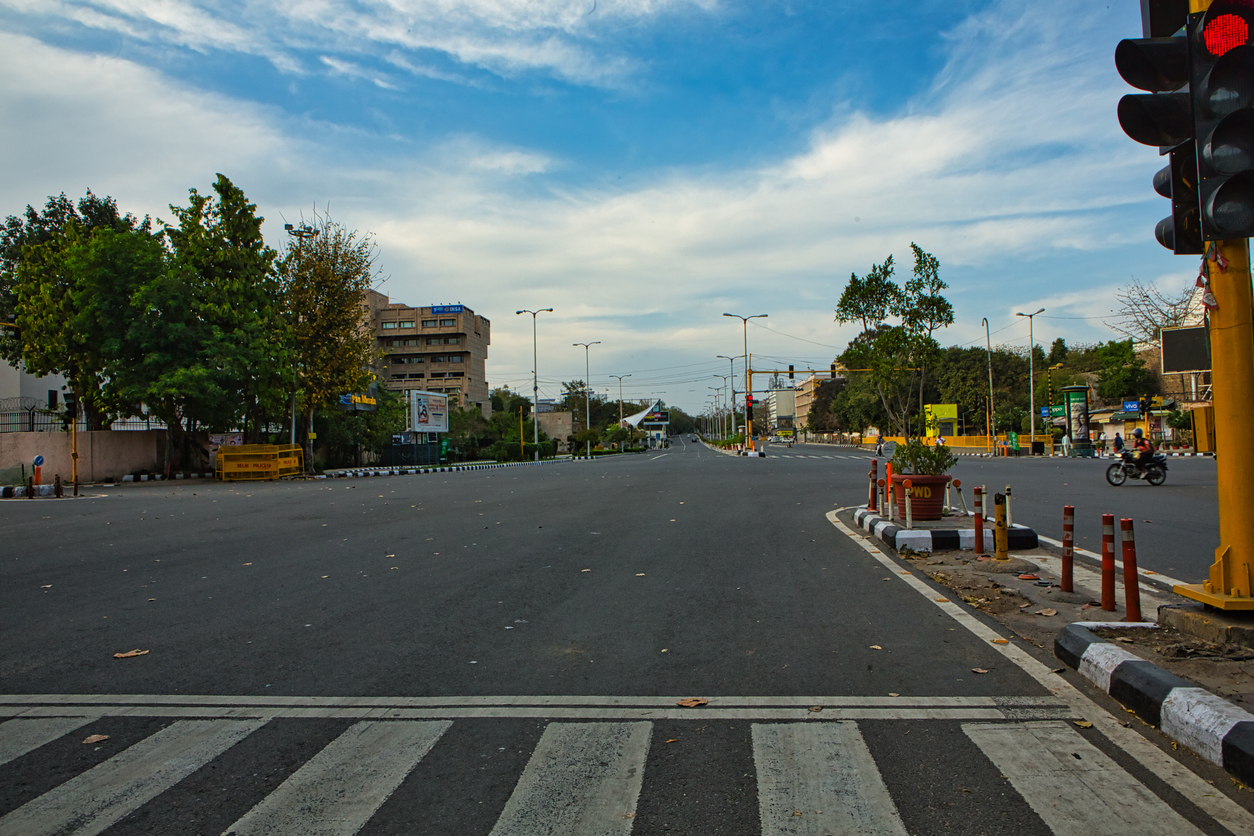
Data, impact to decide extension of COVID-19 lockdown: Experts
Even as the country enters the 15th day of the nationwide lockdown imposed by Prime Minister Narendra Modi to curb the spread of highly contagious coronavirus, several studies suggest that the next few days are very crucial for India to battle against the pandemic.

Even as the country enters the 15th day of the nationwide lockdown imposed by Prime Minister Narendra Modi to curb the spread of highly contagious coronavirus, several studies suggest that the next few days are very crucial for India to battle against the pandemic.
While there is a week left for the 21-day mandatory lockdown to conclude, the critical phase for India’s war against COVID-19 will be the next few days that will help the government to decide on an extension or suspension, opined experts.
Dr G Srinivas, professor and head, Department of Epidemiology, The Tamil Nadu Dr MGR Medical University said that the benefits of the lockdown will be visible in a few days time and with diverse cases, they have to play it conservatively.
“The incubation period or the time taken for development of sickness for the virus is 10 to 14 days. We can say that 0 to 14 is the time for proliferation and after 14 days the time for transmissibility is wide and the contagiousness is long for 14 to 21 days. The benefits of the lockdown cannot be seen immediately because the lag time for it is 20-25 days from the day it was imposed,” he explained.
Related news: Centre mulls extension of COVID-19 lockdown on request from states
The actual effects will become visible from April 15 until the end of the month, Dr Srinivas said, adding that “In this time, we should see less number of infections and severely complicated admissions—these have been low in India when compared to the Western countries. Meanwhile, we have begun to roll out tests. If we see the graph of cases in India, it has been linear and the next 10 to 15 days are important.”
He also observed that the government would want to assess the situation looking at the number of cases reported between April 10 and April 12 to decide loosening or tightening of the lockdown.
“They will be left with less time to decide, as the lockdown ends on April 14,” he added.
Motive behind lockdown
When a country-wide lockdown was imposed from March 25, a day before, there was a lot of speculation about the aim, said Dr T Jacob John, retired professor, Clinical Virology, Christian Medical College, Vellore.
The cases which were under 1000 before the lockdown have crossed over 4,500 cases so far and more than 100 deaths.
“While the intention for it was not explicitly stated, the lifting of the lockdown also requires some kind of signal for the government and we do not know what the signal is,” he added.
On Monday (April 6), chief ministers of a few states like Telangana had supported an extension after the prime minister indicated a calibrated exit from the lockdown.
Related news: 60% decrease in public mobility within 5 days of lockdown: Report
“In the last three or four days, the PM has been discussing with the CMs of states, about the need for doctors, beds, equipment. We seem to have lost valuable time and we have one more week. The flurry of activities I expected was not seen,” Dr John said explaining that there is no textbook response for the pandemic.
He observed that the 21 day lockdown was to build up defences in healthcare and said, “Public health is about preventing infection in the uninfected, while healthcare is preventing death in the infected — these are two essential arms in the fight.”
Stating that making it mandatory for all to wear masks could have achieved a lot more, as a lockdown is not going to be effective in bastis and slums, he said, “In these places where 5 or 10 occupy one room, a universal mask use would have made a tremendous advantage.”
Cambridge study on lockdown
A recent study by Cambridge University stated that India may need more than just a 21-day lockdown to prevent the spread of COVID-19, recommending a straight lockdown for 49 days.
The study titled ‘Age-structured impact of social distancing on the COVID-19 epidemic in India,’ which is yet to be peer-reviewed, also advocated a five day break between — one each after 21 days and 28 days, and 18 days — as another option.
The study by researchers from the Department of Applied Mathematics and Theoretical Physics, read that the outbreak may resurge after three weeks and infect many more people and the same is being looked into by the Indian Council for Medical Research (ICMR).
Related news: Extending lockdown not a good idea, may invite compliance issues
The study took into consideration factors such as social distance, closure of schools, workplaces and lockdown, and looked into the duration and efficacy.
The researchers noted, “In this paper we present a mathematical model of the spread of the novel coronavirus that takes into account both the age and social contact structure. We use it to study the impact of the most common social distancing measures that have been initiated to contain the epidemic in India: workplace non-attendance, school closure, ‘janata curfew’ and lockdown, the latter two of which attempt, respectively, complete cessation of public contact for brief and extended periods.”
The study employed an age-structured SIR model with social contact matrices sourced from surveys and Bayesian imputation to understand the progress of the COVID-19 pandemic in India.


